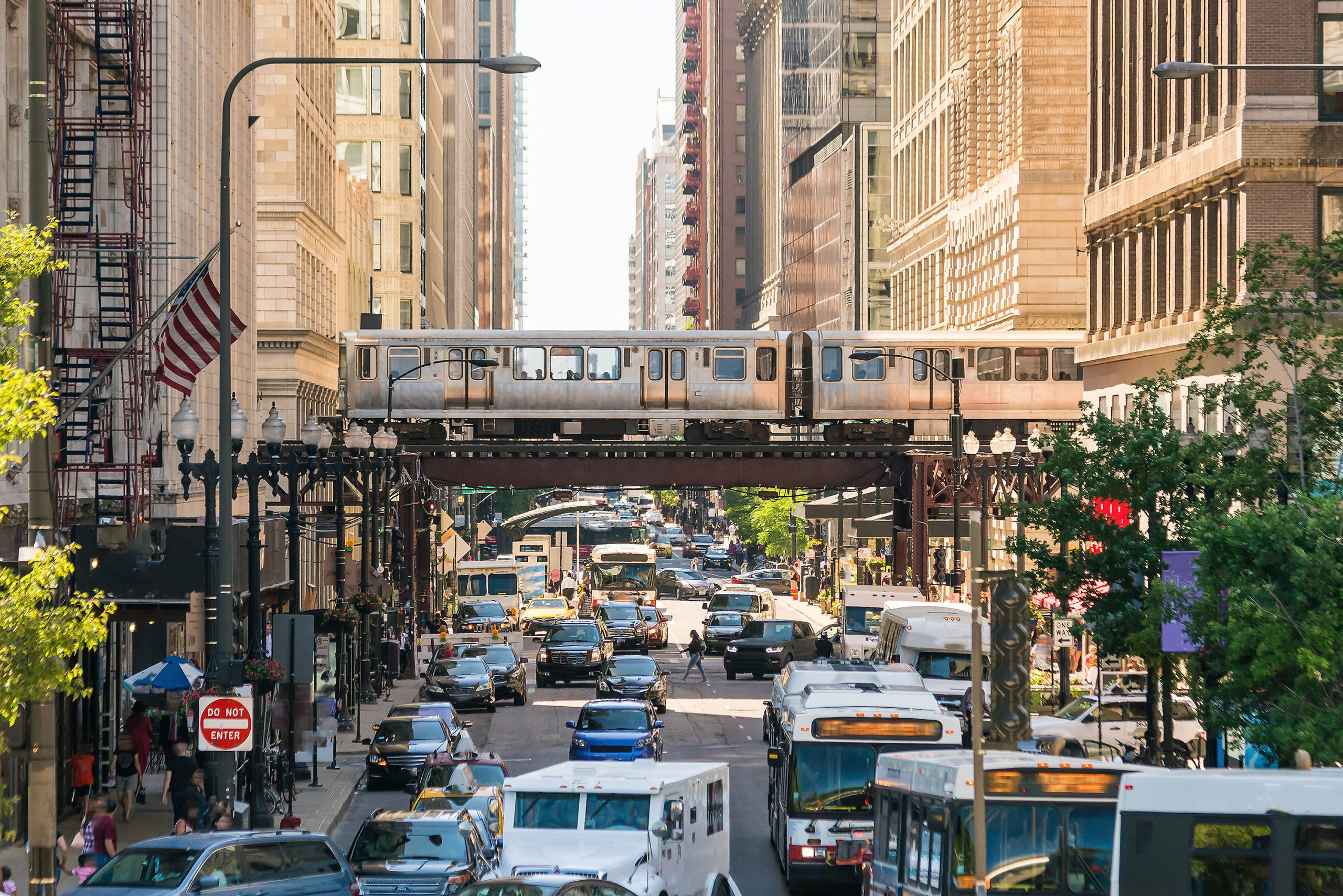Chicago might have a bad reputation when it comes to crime. Or taxes. Or commuter horror stories. Or artery-clogging street food. For decades, companies had been abandoning Chicago for more temperate climates (that is, literally anywhere else). But that polarity has changed. For every General Mills or Butterball or Mondelez International that left town, there’s a Walgreens or JPMorgan Chase or GE Healthcare that has increased its footprint along Lake Michigan.
Balancing act
At this moment in time — and it might be fleeting — supply and demand are in rough parity throughout Chicagoland.“ Apartment absorption picked up considerably during the first half of this year, particularly in urban areas,” Bisnow reported in October, “But there is still a race between supply and demand. Despite the increase in demand, there has been a lot of new supply, and that means vacancy hasn’t moved much recently.” That balance can’t last, not with the free-swinging market dynamics that are currently running their courses throughout the metropolitan area.
According to Institutional Property Advisors’ recent Chicago outlook report, vacancies are rising faster around Chicago than across the U.S. in general. In related news, Chicago rents are rising more slowly — as a whole. While Class A rents will likely struggle to find a 2% increase this year, Class Bs are projected to gain 3% and Class Cs 4%. This is an inversion of what happened in 2018.
Institutional Property Advisors further forecasts that, while 2019 completions will approximate those in 2018, absorptions will drop by about one-third. While that would point to declining leasing prices, it’s also true that Chicago mortgage payments far exceed effective rents and the gap between the two continue to grow. That would tend to signal that there’s ample room for rents to increase and still be competitive with home ownership, but who knows?
Staying in the Loop
Downtown is, apparently, where the action is. “Rents in the newest buildings remain at record levels, and occupancy has held fairly steady despite new supply,” Bisnow quoted Tom Weeks, an executive with Lendlease as saying, “all of which speaks to a healthy multifamily market as the population of Downtown continues to rise.”
Weeks’s company is developing multi-unit properties along the South Loop section of Downtown Chicago, but his perspective isn’t just a matter of anecdote. There are data to back up reports of the area’s resurgence. Just because Amazon took a pass on Chicagoland doesn’t mean that other tech companies aren’t finding compelling reasons to rent commercial space there — and Downtown in particular. And, as commercial real estate goes, so goes residential.
“Corporate expansions and relocations to Downtown Chicago and surrounding neighborhoods are boosting incomes and supporting household formation. Tech companies, including Google and Facebook, are growing their footprints and increasing hiring. Software firm Salesforce is also considering expanding its presence downtown, potentially bringing 5,000 jobs to the area,” according to Institutional Property Advisors. In response, “[m]any professionals are renting in the city’s dense urban areas as high costs in these neighborhoods make homeownership difficult. As a result, apartment vacancy in the city of Chicago began to improve in late 2018 at a faster rate than in the suburbs despite elevated construction.”
Still, despite Weeks’s optimism, other published reports suggest that Downtown, and especially the South Loop, are going to face price pressure as thousands of units come online. Crain’s Chicago Business reports that “[l]andlords in the South Loop will face more competition over the next two years, as developers complete more than 2,200 units in the neighborhood,” and that across the entire Downtown area 8,400 units will be built through 2019 and 2020.
Fortunately, there’s much more to Chicagoland than Downtown, and the adjacent Near North Side, Near South Side and Near West Side. While everyone is keeping their eye on the city core, some savvy investors have been placing bets on multifamily units well into the suburbs. Grayslake and Chicago Heights North rents were up 11.3% and 7.3% year-over-year respectively, according to Yardi Matrix. Meanwhile big projects are being built out in Wheaton and Shaumburg.
Chicago at a glance
- New construction: 9,500 apartments in 2019 (projected), compared with 9,200 in 2018
- Vacancy: up 30 basis points in 2019 (projected) as completions outpace absorption, reversing last year’s 40 bp decline
- Average effective rent: $1,510/mo (projected), up 3.2%
- Median annual household income: $53,006 in 2016, up from $38,625 in 2000; still below Illinois’s statewide figure of $60,960
Sources: Marcus & Millichap, City-Data.com


